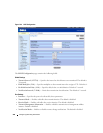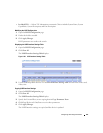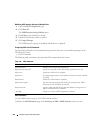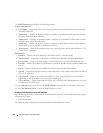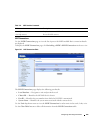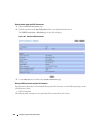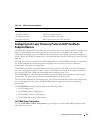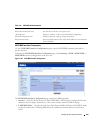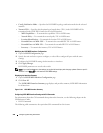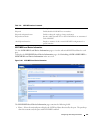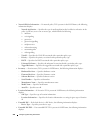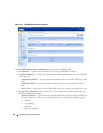
Configuring Switching Information 427
Configuring Link Layer Discovery Protocol (LLDP) for Media
Endpoint Devices
The IEEE 802.1AB standard, which describes the Link Layer Discovery Protocol (LLDP), formalizes the
discovery and capability retrieval of elements in a data network in a LAN/MAN environment. The
information exchanged is stored in MIBs, and the information is accessible by a network management
system (NMS) like SNMP. This framework is extensible and allows advanced utilization is areas like VoIP
networks.
The Link Layer Discovery Protocol for Media Endpoint Devices (LLDP-MED) provides an extension to
the LLDP standard for network configuration and policy, device location, Power over Ethernet
management, and inventory management.
LLDP-MED uses LLDP's organizationally-specific TLV extensions and defines new TLVs that make it
easier for a VoIP deployment in a wired or wireless LAN/MAN environment. It also makes mandatory a
few optional TLVs from LLDP and recommends not transmitting some TLVs.
Since LLDP-MED uses the framework of LLDP, it is bound by the same requirements of the original
specification. The frame format, restrictions and implications are all preserved.
The TLVs only communicate information; these TLVs do not automatically translate into configuration.
An external application may query the MED MIB and take management actions in configuring
functionality.
The LLDP-MED menu page contains links to the following features:
• LLDP Configuration
• LLDP-MED Interface Configuration
• LLDP-MED Local Device Information
• LLDP-MED Remote Device Information
LLDP-MED Global Configuration
Use the LLDP-MED Global Configuration page to change or view the LLDP-MED parameters that
affect the entire system.
Table 7-52. LLDP Connections Commands
CLI Command Description
show lldp interface Displays the current LLDP interface state.
show lldp local-device Displays the LLDP local data
show lldp remote-device Displays the LLDP remote data
clear lldp remote data Deletes all data from the remote data table.




